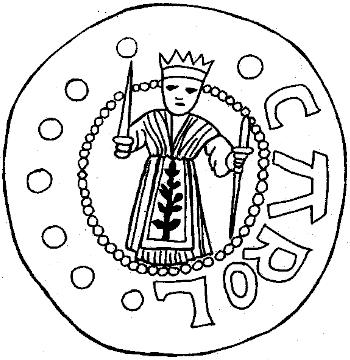Sanctuary Vesture: A Brief Overview and Comparison

Ancient Israelite temple ceremonial clothing worn in the Mosaic Tabernacle, and succeeding Israelite temples of Solomon, Herod, et al.
I’m very pleased to welcome another guest post by Matthew B. Brown. Some of his writings, particularly his book The Gate of Heaven, are what inspired me to study the temple more in depth. He offers a wealth of insight and learning for the Latter-day Saints. ~Bryce
Matthew B. Brown holds a degree in history from Brigham Young University in Provo, Utah. He is the author of ten books and has published articles with the Neal A. Maxwell Institute for Religious Scholarship at BYU (aka FARMS). Matthew has served as a volunteer researcher, editor, and respondent for The Foundation for Apologetic Information and Research (FAIR) and has spoken at several of their annual conferences. He is one of the directors of the upcoming EXPOUND symposium on May 14, 2011, and will also be a presenter (expoundlds.com).
~~
It is publicly acknowledged that Latter-day Saints who participate in the central temple rites of their faith dress in several layers of ceremonial clothing, consisting of a “white undergarment” (which is worn as part of everyday life) and “other priestly robes” (which are only worn during times of temple service).1 [Read more…]



 Mormons wear sacred undergarments as part of our religious worship. I thought it might be good today to take a look at a well-known religious tradition, Judaism, and the very similar practice that they have, like us, of wearing certain sacred clothing. I, for one, highly respect the Jews’ practice of this in their worship.
Mormons wear sacred undergarments as part of our religious worship. I thought it might be good today to take a look at a well-known religious tradition, Judaism, and the very similar practice that they have, like us, of wearing certain sacred clothing. I, for one, highly respect the Jews’ practice of this in their worship.